Engineering Articles
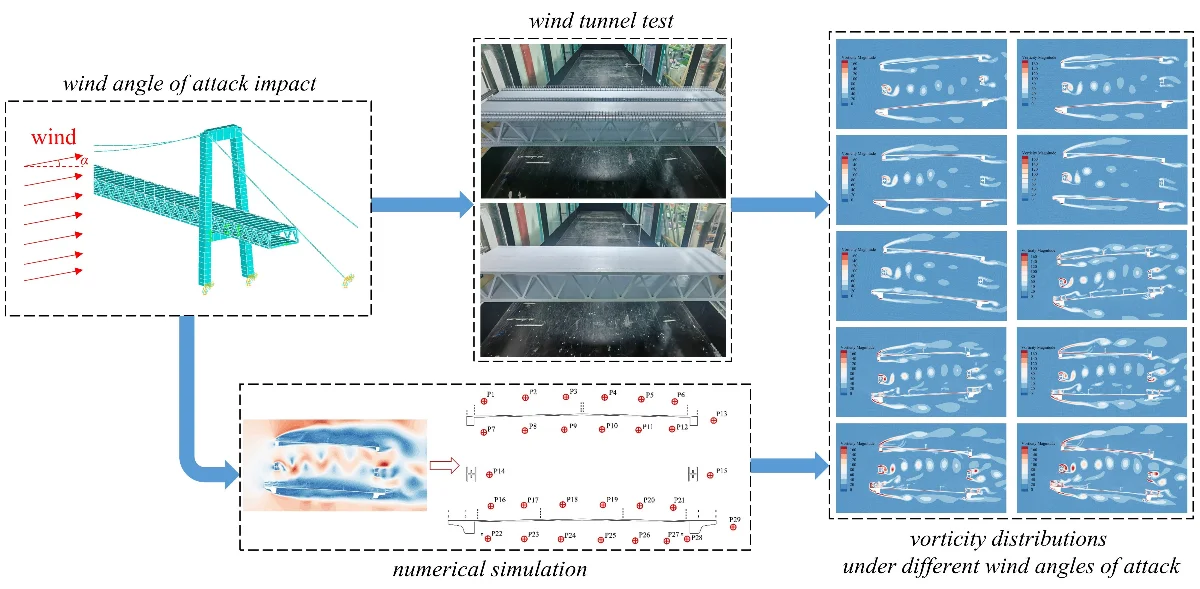
Journal of Vibroengineering
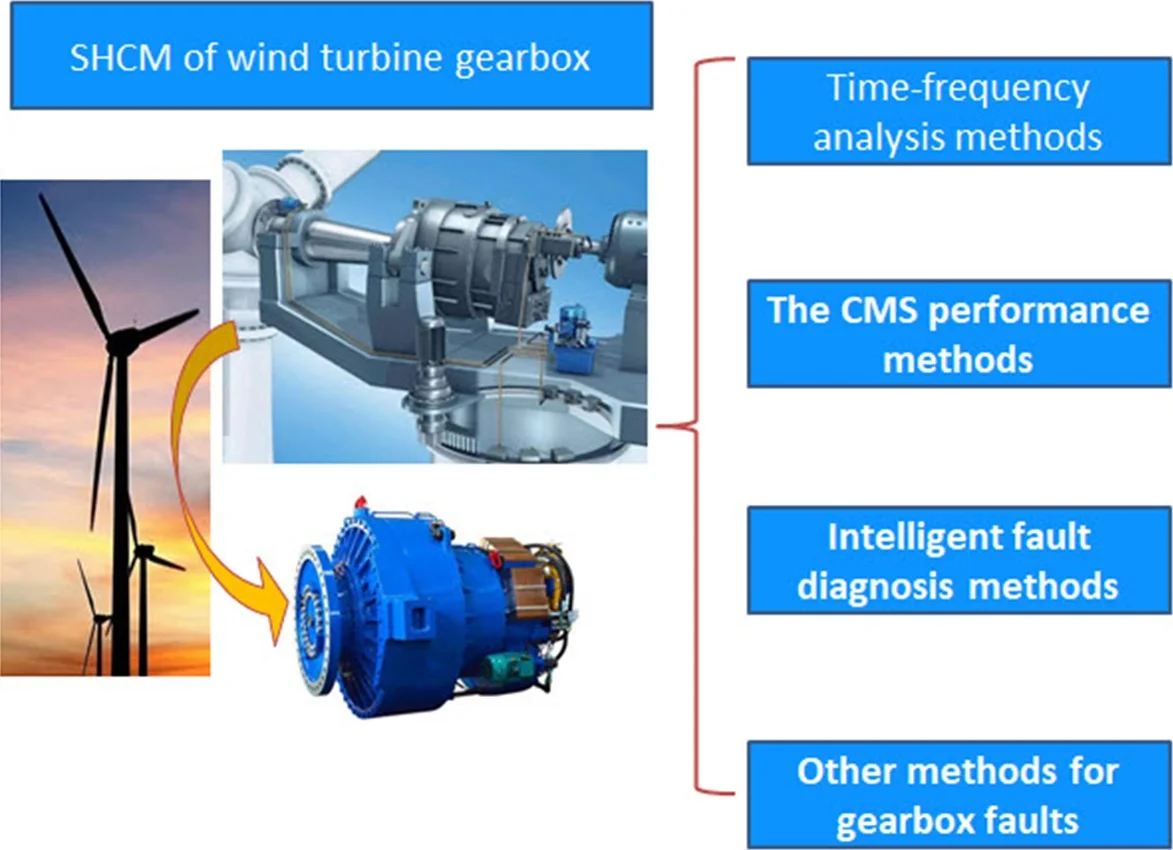
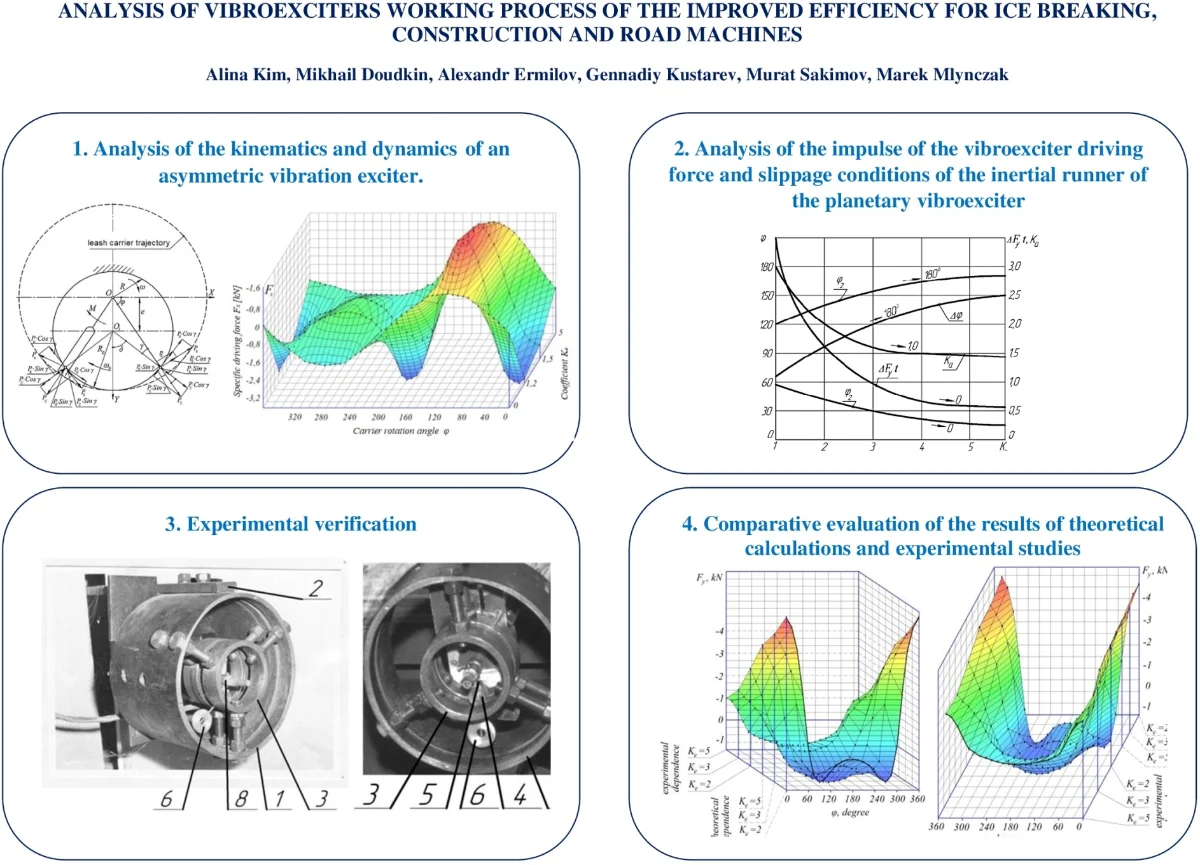
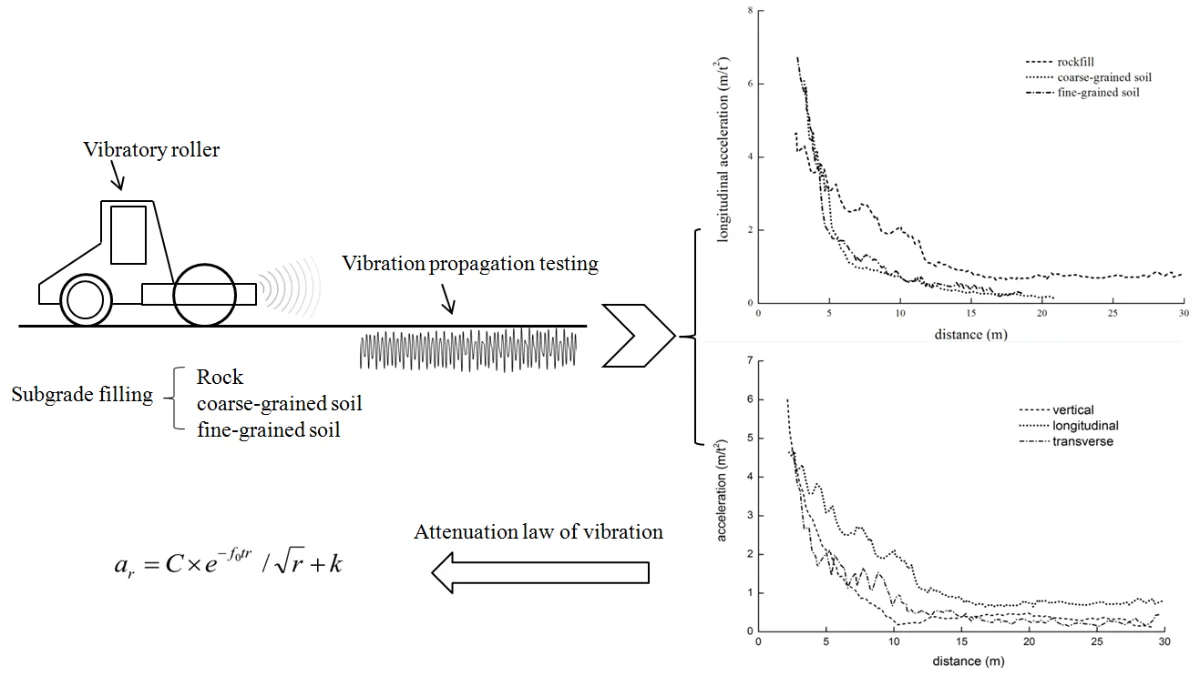
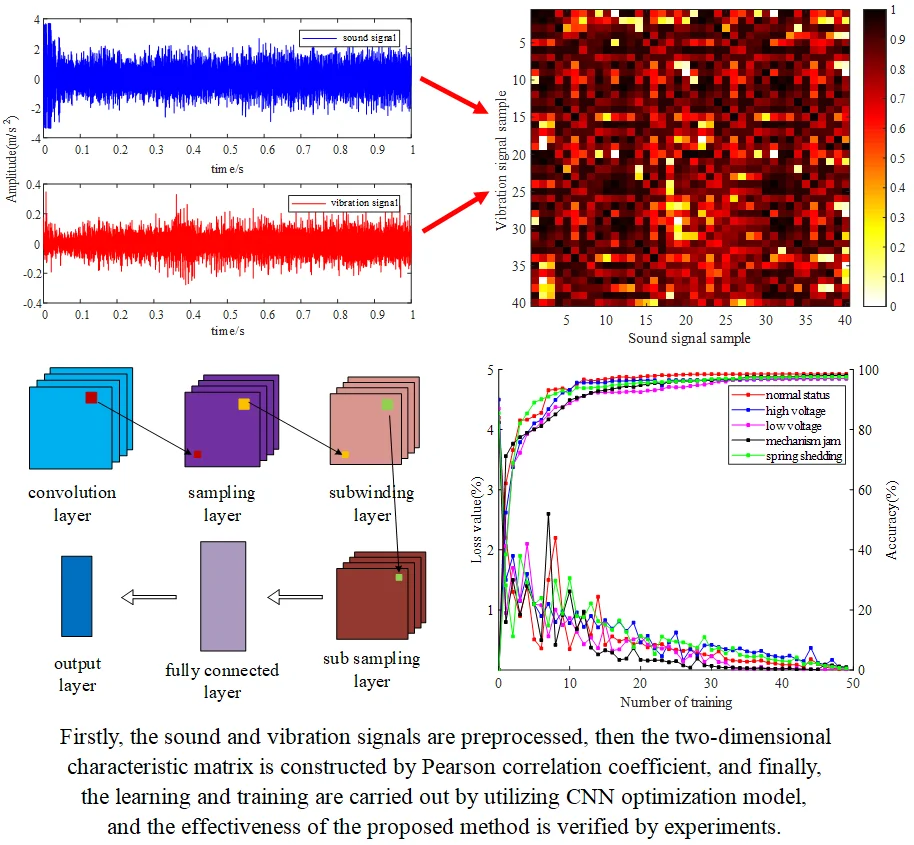
Comprehensive platform for advancements in the field of vibration engineering
Best of Theme
You might also like
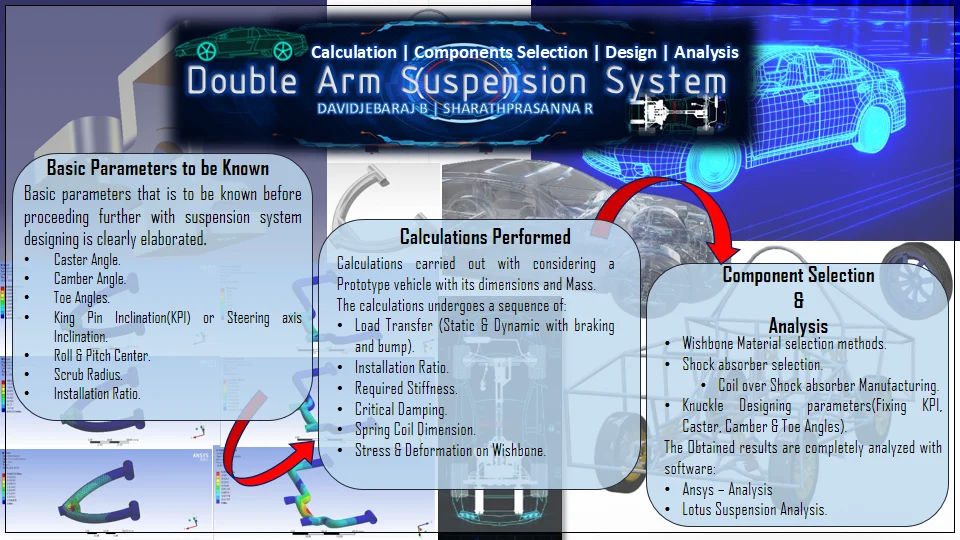
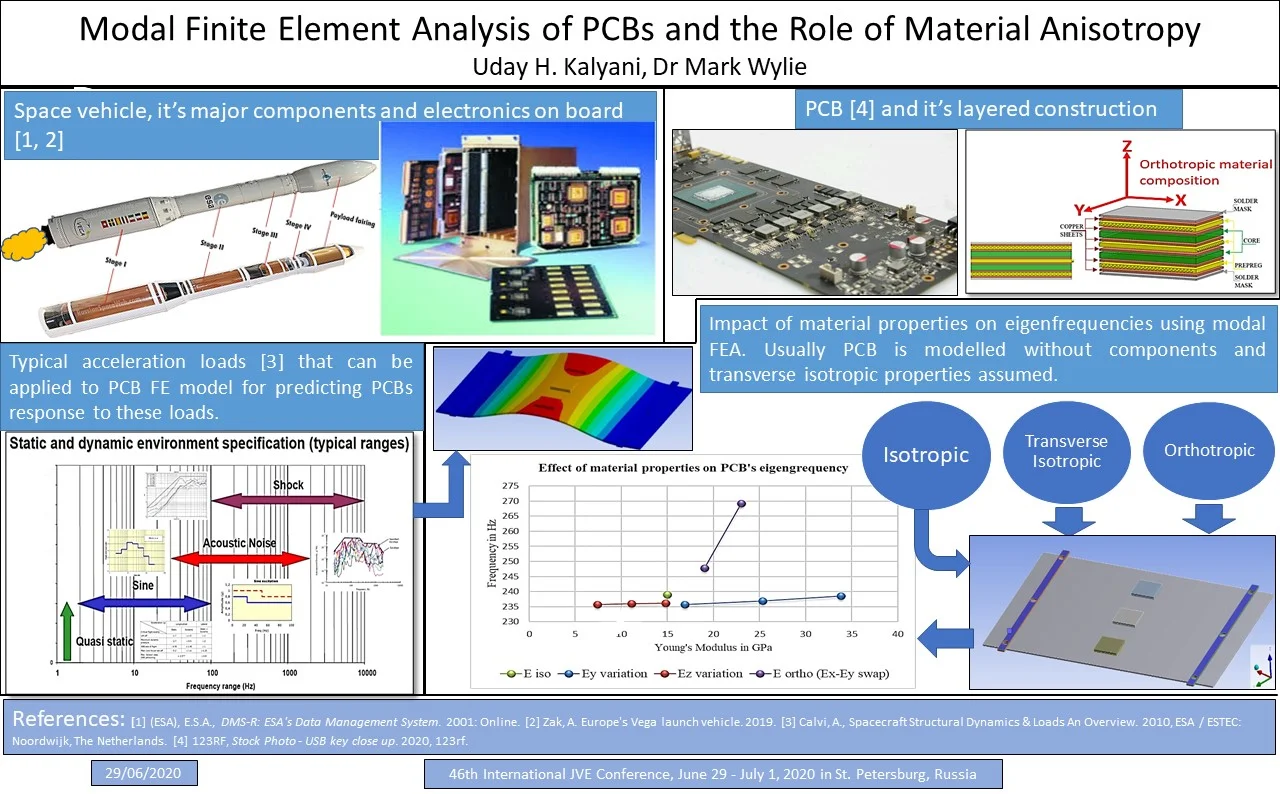
Engineering Articles
Welcome to Extrica, where engineering articles come alive to help you understand the intricate details of making things work better. We'll share ways that experts are using natural science, mathematics, and the engineering design process to solve technical problems, boost efficiency, and create better systems. From engineering articles for high school students to in-depth research studies for your scholarly endeavors.
Understanding Engineering Basics
Before filtering our immense library for a specific article on engineering, you must understand the basics. Indeed, engineering is a broad field. It covers the use of scientific principles with the aim of developing systems, structures, tools, and processes to solve problems. The few main branches of engineering include:
- Civil Engineering
- Mechanical Engineering
- Electrical Engineering
- Chemical Engineering
- Computer Engineering
- Aerospace Engineering
- Biomedical Engineering
And what do engineers do exactly? Well, they go through a specific process. First, they identify a problem that needs solving. After that, they research existing solutions and brainstorm new ones. Then, they come up with a plan and specificities of a chosen solution, build a prototype, and test it out. As a fix isn't perfect at its first iteration, an engineer makes improvements and repeats the design and evaluation process as necessary.
There are many tools that aid the engineering process, from computer-aided design and simulation software and programming languages to lab equipment. While coming up with solutions, engineers must consider the ethical implications and safety of their work. And as the engineering field is changing as we speak, there's no denying that continuous learning is a necessity.
How Engineering Affects Everyday Life
Engineering has a profound impact on virtually every aspect of everyday life. Here are some ways in which engineering influences and improves our daily experiences:
- Infrastructure: Engineers design roads, bridges, tunnels, and public transit systems, facilitating the movement of people and goods. They also create safe and functional structures for living, working, and recreation.
- Communication: Electrical and communication engineers develop technologies like smartphones, the internet, and wireless networks that connect people globally. Computer engineers contribute to the development of software, hardware, and systems that power our computers and devices.
- Healthcare: Biomedical engineers design and improve medical devices, such as MRI machines, pacemakers, and prosthetics. Chemical engineers play a role in the development and manufacturing of pharmaceuticals.
- Energy: Electrical and mechanical engineers contribute to the design of power plants, renewable energy systems, and electrical grids. They work on creating energy-efficient appliances, buildings, and transportation, contributing to sustainability.
- Environment: Engineers develop solutions for waste management, pollution control, and sustainable resource use.
- Consumer Products: Mechanical engineers design a wide range of consumer products, from everyday appliances to automobiles, while developing new materials that perform better.
- Manufacturing: Industrial engineers contribute to the automation of manufacturing processes, improving safety, efficiency, and quality.
These are but a few examples of how engineering shapes the way we live. As you delve into our articles on engineering education, whether on vibroengineering, mechatronics, or artificial intelligence, let Extrica help you make a lasting impact on society.
What to Expect in This Section
When perusing our engineering articles, you can expect a rich and diverse repository of information covering a broad spectrum of engineering disciplines. These articles cater to a broad audience, from seasoned professionals in the field to students and enthusiasts eager to stay abreast of the latest developments.
Extrica is a platform that hosts not only general engineering articles but also scholarly articles on engineering. These educational articles are rigorous in their approach, presenting in-depth research studies, experiments, and analyses conducted by experts in the respective engineering domains. Readers can expect a high level of academic integrity and reliability from these pieces, making them valuable resources for those seeking authoritative information and a deeper understanding of specialized topics within engineering.
One distinctive feature of Extrica is its commitment to open access journals, ensuring that a significant portion of its content is freely accessible to the public. This accessibility promotes the democratization of knowledge, allowing engineers, researchers, and enthusiasts from diverse backgrounds to benefit from the latest advancements and breakthroughs without financial barriers. The platform's dedication to open access enhances the dissemination of valuable information, fostering collaboration and innovation within the engineering community.
Moreover, Extrica is not limited to scholarly articles alone. It also encompasses dynamic engineering news articles, providing readers with timely updates on industry trends, technological breakthroughs, and noteworthy events. These news articles offer a bridge between cutting-edge research and real-world applications, making engineering knowledge not only academically enriching but also relevant and applicable in the rapidly evolving landscape of technology.
In summary, exploring each engineering article on Extrica promises a multifaceted experience, encompassing a wealth of information ranging from scholarly insights to real-world applications. Whether one seeks to deepen their understanding of specific engineering concepts or stay informed about the latest industry trends, Extrica emerges as a comprehensive platform that caters to the diverse needs and interests of the engineering community and beyond. In other words, what is an engineering article if you can't find it on Extrica?
Finding Top Engineering Reads
With Extrica, building your engineering knowledge has never been easier. Whether you're seeking engineering articles for students or trying to stay informed about the latest industry trends, this section is a treasure trove. Our powerful filtering mechanism ensures you'll always find what you need.
About Our Engineering Article Authors
The engineering articles on Extrica are a result of a diverse and accomplished group of professionals, academics, and researchers from various corners of the engineering landscape. These individuals contribute their expertise and insights to create a rich tapestry of content that spans the breadth of engineering disciplines.
Many of the authors are seasoned professionals with extensive industry experience, bringing practical knowledge and real-world perspectives to their articles. Their work often reflects a deep understanding of the challenges and innovations within their respective fields, providing readers with valuable insights that bridge the gap between theory and application.
In addition to industry experts, Extrica is proud to host articles from renowned academic scholars. These individuals are actively engaged in cutting-edge research, contributing to the advancement of engineering knowledge. Their scholarly articles not only showcase the latest developments in the field but also adhere to rigorous research methodologies, ensuring a high standard of academic excellence.